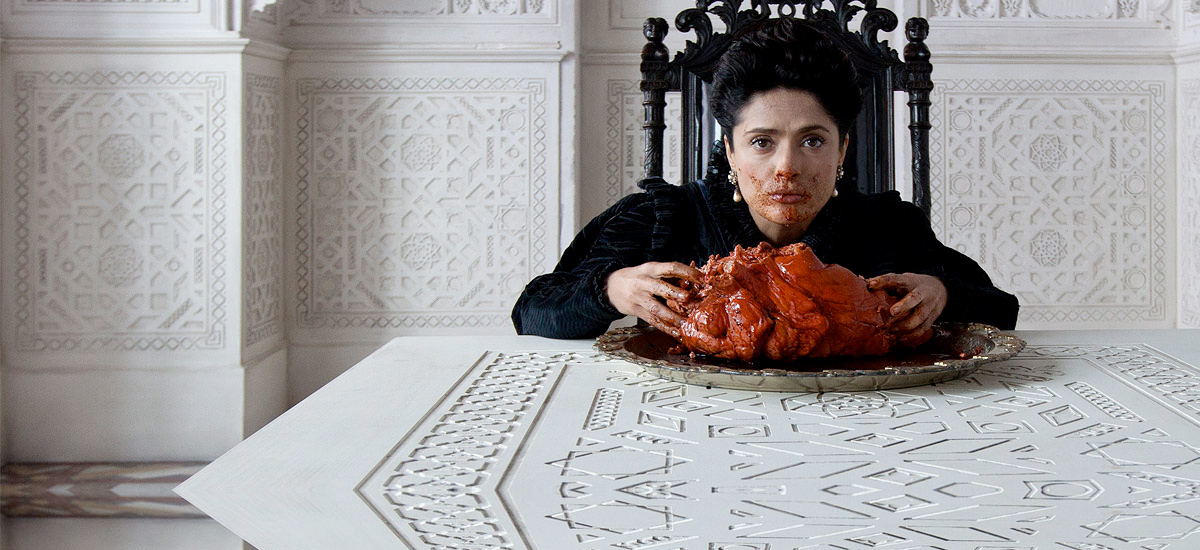Music is a fluid beast. Many contenders attempt to rise to the occasion and hope to submit it to their will. More often than not, they’re tossed to the side, not having the chops to make it. If they lack the skill and fail, there’s no shame in having tried.
But what about the others, those with clear talent, some form of following, yet are constantly met with closed doors, usually due to some preconceived notion or view? How then is one supposed to soldier on with their head held high, in the belief that eventually they’ll make it, or at the very least be acknowledged? Newcomer Salima Koroma assembles a diverse set of five aspiring or noted rappers as they strive towards their moment in the sun. They each have their own specific obstacles along the way to the same goal, but one roadblock threatens to stonewall them all: race. What seems like an outdated notion has tangible, if not at least troubling, roots. No matter how you slice it, the rap genre has been dominated by, or belonged almost exclusively to African-Americans.
An interesting divide begins to creep up. Two of the musicians in particular say they feel the pull and allure of the “rapper lifestyle,” even if it could prove to be large distraction. For one it poses a direct conflict with their faith. The other sees it as a means to keep their fears at bay, stunting his work. As rap attempts to expand its horizon, the question is if that idealized vision of the lifestyle is even important any more. Sure it has historical context, but should never be an excuse, or a fall back. Allure is more often an illusion than a reality, after all.
For the first half of the run time, Koroma explores the talents and plights of each of her subjects. Awkwafina is the youngest of the group, taking a hipster angle, striking a chord with her “My Vag” song. Rekstizzy is the wild card of the bunch, choosing to not only push the envelope, but to challenge the very style of conventional rapping. He wants people to think, yet his work feels more akin to performance art, hoping more so to shock. Lyricks wants to take the less travelled road, letting his spirituality guide not only his life, by the words that come from his mouth. It’s moving to see him strive to follow his passion, while dealing with the struggles that come on both sides.
Surprisingly, things take a change in style for the second half, focusing more closely on the final and most important figure of Bad Rap, Dumbfoundead. This makes sense as not only is he the more seasoned of the rappers, but also the one that the other three look up to. He gets down on himself as he feels his work ethic wane, understanding that so many want him to be the one who finally “makes it.” After taking a break from the world that initially brought him a modicum of fame, Dumbfounded decides to reenter the rap battle scene.
Thanks in part to Drake, Dumbfoundead is able to step back into the limelight in a highly touted match against Wild ‘n Out’s Conceited. Their showcase not only is the highlight of the feature, but also shows exactly what each of the subjects is up against. While Conceited goes for the easy racial attack, you can see Dumbfoundead’s gears working. When he steps up, mic in hand, it truly is poetry in motion. He jabs, parries like the best of boxers, executing the knockout out of nowhere. In this moment, it’s startling that he isn’t a bigger star.
The best thing a good documentary can do is make you curious about a subject you know nothing about. Knowledge is the best power, especially when it comes to individuals whose careers are predicated entirely on exposure. Unfortunately, why that divide has never been breached remains a mystery. Is it just stereotypes that stand in the way of success, or something more? It’s a shame regardless of the real reason, as talent should be what allows people to rise on the charts.
One can only hope that Bad Rap brings about some unknown Asian-American rapper waiting in the wings. At its heart this is a story about people overcoming odds, hoping to shatter boundaries that have kept too many others like them in corner. While none of the rappers here are able to shatter that glass-ceiling, there’s more than enough on display to inspire future generations. If not for anything else, it shines a light on a subgenre most know nothing about. As Awkwafina puts it at one point, “In a world of good rap, there’s bad rap.” And things are all the better for it.


